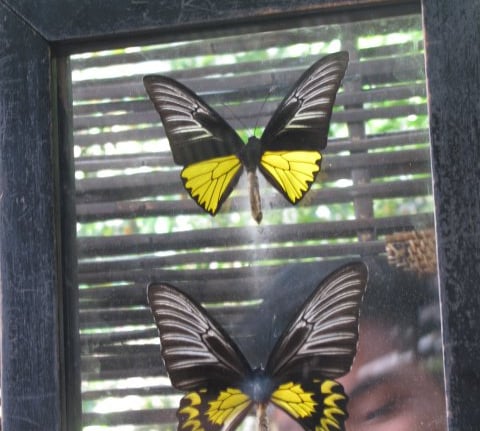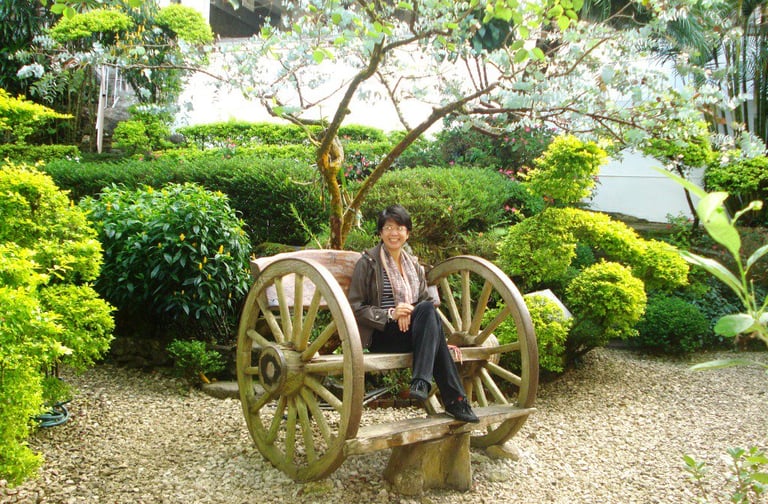How to Curate Diaries and Personal Journals into Stories That Matter
WORKSHOP


Why Diaries Matter
How to organize and curate diary pages from your twenties onwards
Exploring the benefits of digital vs. analog journaling
My WHAT guide for readers: Wander, Hunt, Annotate, Timestamp
Practical steps to transform personal notes into meaningful stories
Inviting you to the Word Fellows Workshop
How to Submit Your Essay to WordHouse
I have always been a diarist, writing down the events of my day, the good, the bad, and the ordinary. For years, my diary was quiet conversations with myself. My notebooks are messy, written with every kind of pen I owned. Some pages hold hurried thoughts, little emoticons, or stick drawings in the margins. Others are crossed out in red, yet even those erasures cannot erase the experience they hold.
My notebooks are not clean at all but full of run-on scratches. I used to be proud of my neat longhand writing, but it has grown scraggly over time, especially now that I type more than I write by hand. Those messy entries are raw and unfiltered, never meant to leave my hands. Even so, I’ve learned that no writing remains truly unread; words find their way to others.
Becoming My Own Archivist: Organizing the Diaries
I am trying to organize my notebooks from my twenties onwards. Sometimes I flip to a date that feels important, like 1984 when I had my first job or 1987 when I started working as an editor at OMF Literature. In excavating my past I am reuniting with my:
Quirky moments: A Sunday morning at twenty-one, writing about my crush. Many of these entries later became poems.
Sketches of dream spaces: An almost obsessive sketch of a writing room with a view, tall bookshelves, and a clean, huge bed. I have been carefully mining those pages to build an idea book called Things – Mga Gawa (or Gamit).
Devotional reflections: Notes on biblical passages that spoke deeply about faith, love, and being.
Eldest child ruminations: Escapist entries from the years my mother was ill. I lived with her for thirteen years, and she appears in many of my poems.
Teaching frustrations: Pages full of complaints about teaching — how I resist it, yet I keep teaching.
Travel impressions: Notes from the few times I traveled to Asia. I never took photos of myself — something I regret — but I wrote broad, sweeping impressions as if I knew the place, even though I just spent a day or two visiting some tourist spots.
My curation also gets into all my blogs in Blogger.com since 2005. Those posts were my earliest venture into digital writing. Before that, I mailed a bi-weekly newsletter to friends. I typed this one-page Dear Praying Friend letters in two columns, printed them, photocopied them, and mailed them in separate envelopes with stamps and all. I still have them on file, along with the scratch drafts of some early pieces.
A Note on Digital vs. Analog Journaling
I’ve been writing by hand for decades, but the urgency to digitalize has grown. My “online” journals live in this space now. Digital journaling has its benefits: it’s searchable, easy to excavate, and lets me trace ideas across time using hashtags and key words. But I mourn some memories lost in the early days of digital storage. Those moments disappeared when saving on drives or USBs, as my still-analog self struggled to learn the new way.
I feel a deep nostalgia for tactile, messy doodles, the handwritten memories. Erasing on paper feels more vulnerable. Crossing out a line or folding a page so I wouldn’t see it again are deliberate and revealing. Handwriting, with its smudges and mistakes, holds a presence that digital files just can’t capture.


Snip Those Sparks in Entries
Curating you pages from notebooks, files, marked books, or index cards can feel daunting, but it doesn’t have to be. Here’s how you can start:
Let the Sparks Write You
Begin with what catches you: a line, a memory, a feeling. Let it guide your story. Want a prompt to get going?
Join the Word Workshop
Bring pages, listen in, or share if you like. No pressure—just gentle discovery with a few pre-starters.
Offer a Personal Essay
Here's a reflection, or short piece that lets you know me. Your words, too, may open new conversations.
Try a Hundred-Word Snippet
From snippets to memoir, each entry moves you forward. It may feel daunting, but step by step it reveals your gift for language.
WHAT Guide for Curating Diary Entries
W – Wander
Start by letting your pencil fall onto the page. Begin with a clear memory or search for one you wish to recall. Drift through your notes, linger on what draws you, and follow whatever sparks your curiosity.
H – Hunt
Which memory stands out? As you reread your notes, pause on what stirs you. Circle, underline, or jot a note. Follow threads that call for deeper exploration—they often lead to your most meaningful stories.
A – Annotate
Notice recurring themes, moods, or questions. Mark ideas with stars, notes, or symbols. Reflections beside passages invite you to pause, revisit, and see what questions linger or have been answered over time.
T – Timestamp
Not every memory needs an exact date. Even undated pages carry meaning, though time can anchor moments, giving context to memories that might otherwise fade.


On Wandering, Hunting, and Annotating My Life Pages
My Attempt at Language: A Story of Love, Labor, and Longing – turning personal reflection into narrative without formal training.
Near-Exact Equivalents: My Life Bridging Tongues in Translation –learning translation on the job and discovering cross-cultural insight.






Failed Scholarship : I can't apply them all, so It's good to know that Faith is a stable anchor.


